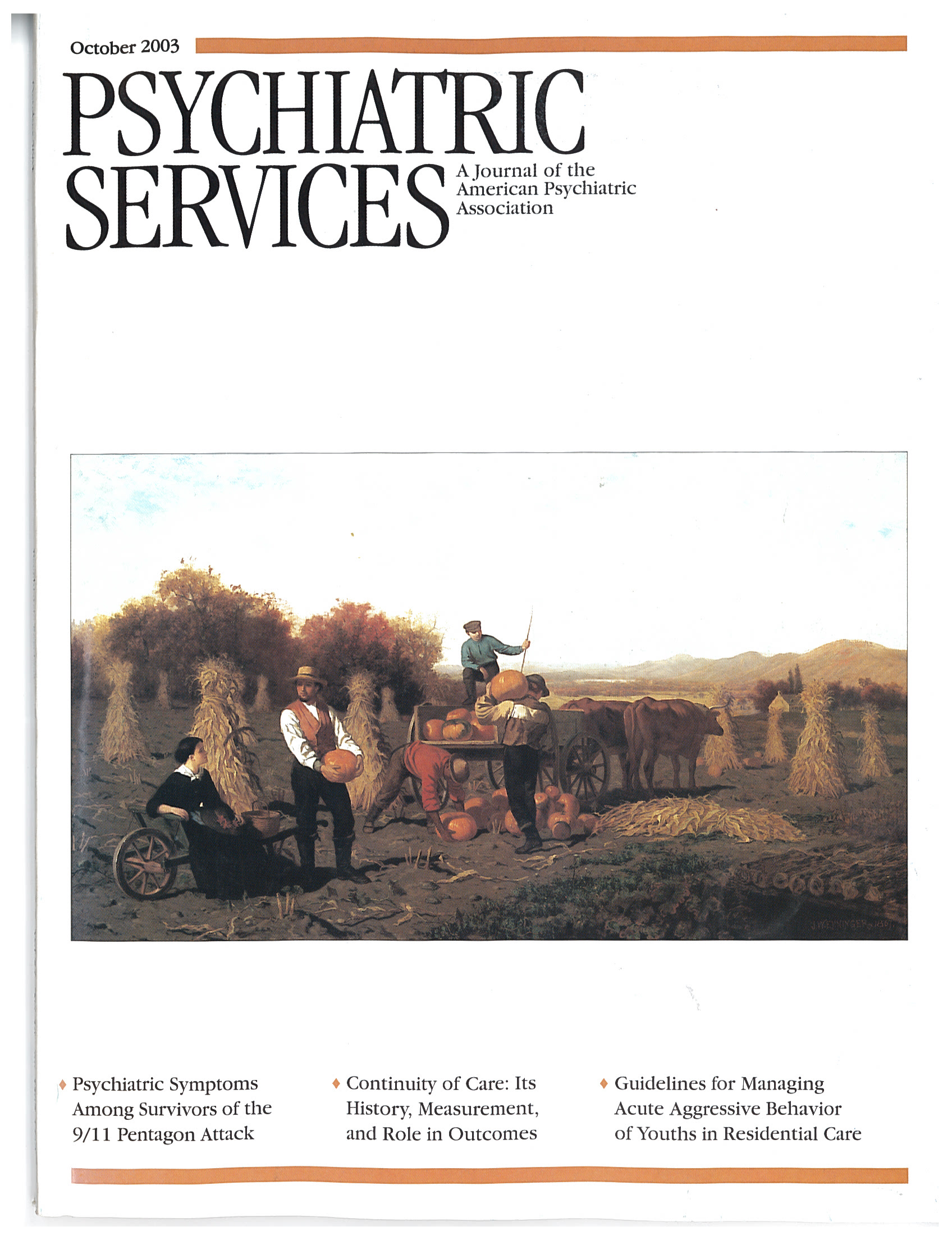Concise Guide to Marriage and Family Therapy Multifamily Groups in the Treatment of Severe Psychiatric Disorders
Two books on family therapy are reviewed here, one on marriage and family therapy and the other on multifamily groups.
The senior author of Concise Guide to Marriage and Family Therapy, Eva C. Ritvo, M.D., is chair of the department of psychiatry and behavioral medicine at Mt. Sinai Medical Center in Miami. Her coauthor, Ira D. Glick, M.D., is professor of psychiatry at Stanford University School of Medicine. Their book is designed for "psychiatrists, psychiatry residents, and medical students working in a variety of treatment settings." The authors state that the book is designed "to succinctly encapsulate the core material needed by a student (or a seasoned practitioner) in the diverse settings of current family treatment practiced around the world." However, it seems that the book would be most useful as a how-to primer for the beginning family therapist. For example, there is little focus on cross-cultural, racial, or class issues.
Concise Guide to Marriage and Family Therapy is a general guide, covering issues that might be of use to the beginner, including the history of the field; functional and dysfunctional families; how to conduct a family evaluation; the chief family problem areas; theories of family therapy; strategies and techniques; marital, sex, and couples therapy; divorce; and indicators and contraindicators for family therapy—in brief, a broad discussion of the field. The discussion is very general, so there is little focus on specific populations—African American, Hispanic, or foreign-born persons; homeless families; persons with chronic mental illness; and older persons; for this, one must consult more specific texts.
Nevertheless, the book is well written, avoids jargon, and is very readable. It would be especially useful for medical students and residents.
William R. McFarlane, the author of Multifamily Groups in the Treatment of Severe Psychiatric Disorders, is a prominent, highly credentialed, and experienced psychiatrist with a wide reputation as a scholar, clinician, teacher, and administrator. In the book's preface, he writes "This volume is being published 20 years after the death of the person generally acknowledged as the pioneer of multifamily groups, H. Peter Laqueur. Remarkably, it is the first book devoted to this approach, and it is long overdue."
Long overdue, indeed. Multifamily groups are groups of families gathered in a treatment setting, all of whom have a family member afflicted by a specific illness. The focus of Multifamily Groups in the Treatment of Severe Psychiatric Disorders is on groups of families with a member who has schizophrenia. The technique used with these families is labeled psychoeducational; the families and the therapists interact and educate each other and benefit from recognizing the commonalities and differences among the families. This technique is on the cutting edge of the family therapy movement.
Part 1 of Multifamily Groups deals with the theory and empirical foundations of multifamily treatment, part 2 focuses specifically on schizophrenia, and part 3 discusses other mental disorders, with one chapter on chronic mental illness. The authors of the various chapters are people of reputation, eminence, experience, and credentials. I found all of the chapters to be well written and well edited. The chapters fit together to make a well-integrated, unified, mosaic-like whole, something that I find to be quite rare in edited books of this type.
This book is a must for any mental health professional who has an interest in families. It deals with an area and a methodology that were little recognized even a few years ago and that are now recognized as being of primary importance for clinical practice, teaching, and research. Multifamily Groups in the Treatment of Severe Psychiatric Disorders deserves a place on the bookshelf of every mental health professional.
Dr. Vogel is associate professor of psychiatry at UMass Memorial Health Care, Inc., in Worcester, Massachusetts.



